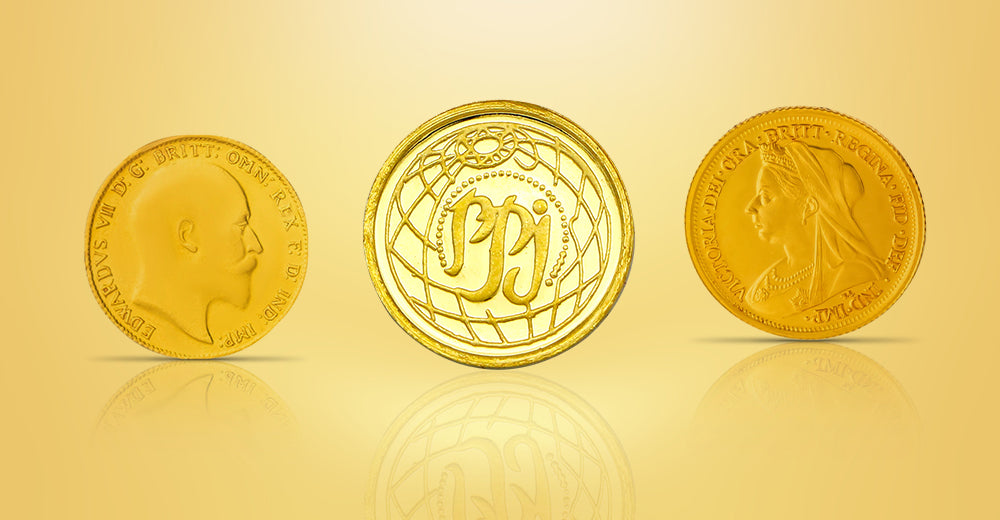Your cart is empty now.
Account

While talking about gold or purchasing gold, you must have heard about different Karats. Or you may have seen numbers like 24 and 14 written with a K. Ever wondered what that means? So the K stands for Karat, which is a unit to measure the purity of gold. The numbers written before this K make a massive difference to your jewelry's color, style, design, and texture. So let us understand the difference between 24K, 22K, 18K, 14K, and 10K gold which will help you buy the perfect gold jewelry for yourself!
24K- This is the purest form of gold, which does not have other alloys. It is the most flexible and soft as compared to different gold karats. That is why people choose this for making coins or bars. Being in its purest form, it gives a deep yellowish hue.
22K- It has 22 parts of pure gold, and the other two are other alloys like silver, copper, and nickel. 22K is most commonly used to make gold jewelry because of its durability.
18K- It has 75 percent pure gold and 25 percent other alloys. People prefer this for daily wear jewelry as it is challenging and has an extra yellow shine than 24k and 22K.
14K- It has 58.3 % pure gold; it is not intensely yellow but durable and affordable.
10K- It comes with 41.7 % gold and has a pale yellow tone. But it is cheap and quite sturdy.
Now that you know the difference, you can select the right gold jewelry according to your lifestyle, budget, and taste.